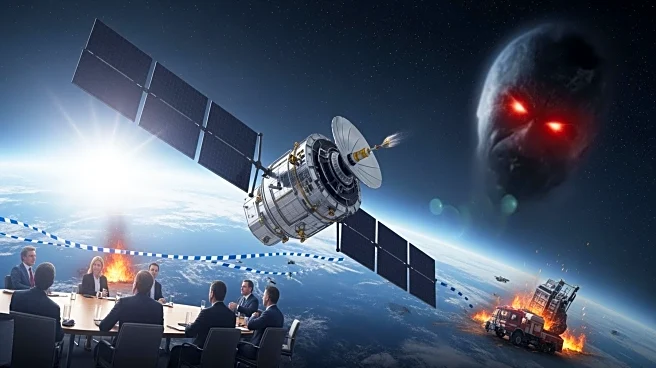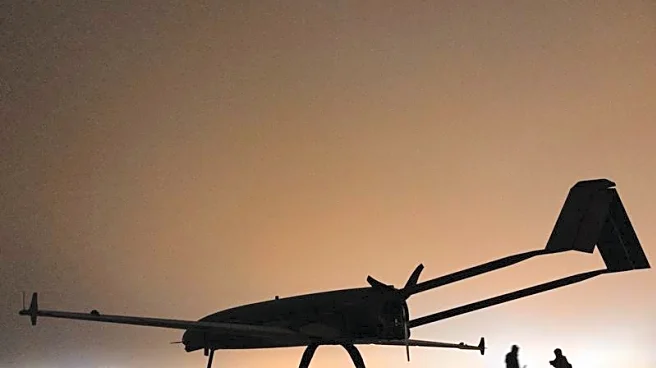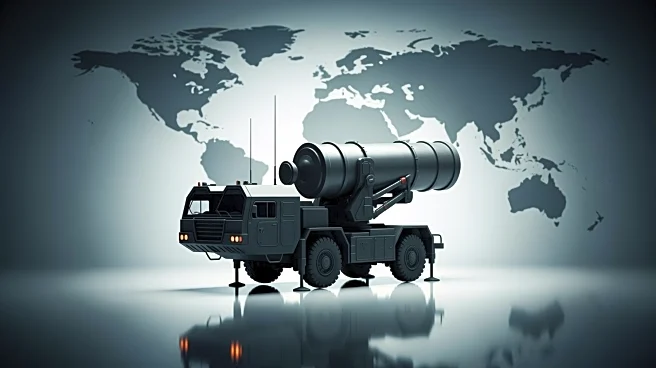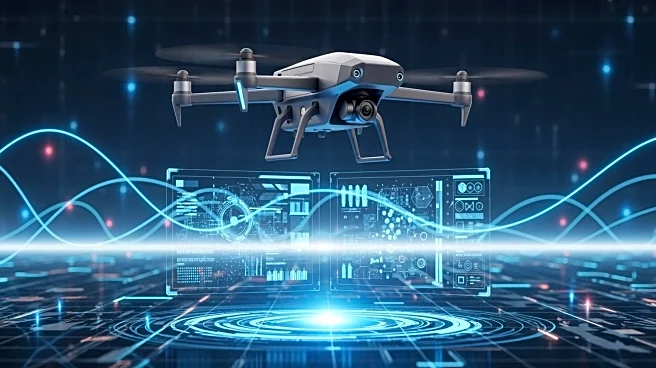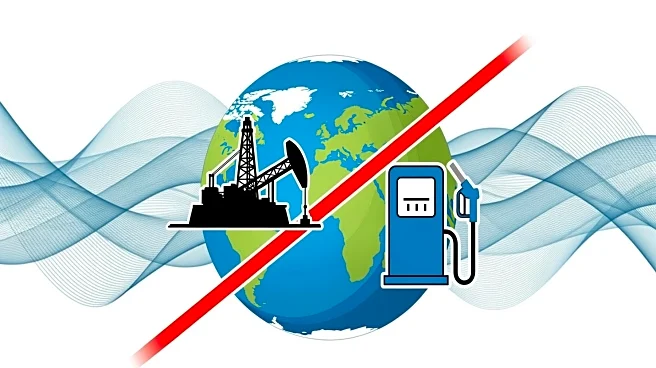What's Happening?
Dedrone, a company specializing in counter-unmanned aircraft systems (C-UAS), is enhancing its technology to tackle threats posed by larger Group 3 drones. This expansion involves collaboration with German firm Tytan Technologies and aims to address drones like
the Iranian Shahed, which have been used by Russia in Ukraine. Dedrone's approach includes integrating radar and camera capabilities with its existing radio frequency (RF) detection and jamming systems. The company showcased its Tactical Extended Kit C-UAS at the Association of the United States Army (AUSA) conference in Washington, DC. Dedrone's solutions are already in use by the US Department of Homeland Security for border protection, highlighting their practical application in national security.
Why It's Important?
The expansion of Dedrone's capabilities to counter Group 3 drones is significant for national security, particularly in light of recent drone threats in conflict zones like Ukraine. By enhancing detection and jamming technologies, Dedrone provides a robust solution to mitigate risks posed by larger drones, which can carry more payload and pose greater threats. This development is crucial for the US, as it strengthens border protection and military readiness against advanced drone technologies. The collaboration with Tytan Technologies also underscores the importance of international partnerships in addressing global security challenges.
What's Next?
Dedrone's continued development and integration of advanced C-UAS technologies are likely to lead to broader adoption by military and security agencies. As drone threats evolve, Dedrone's solutions may be further refined to address emerging challenges. The company's open architecture approach allows for the integration of third-party technologies, which could enhance its systems' effectiveness. Future collaborations and technological advancements may focus on improving detection accuracy and reducing operational clutter, ensuring operators can efficiently manage drone threats.
Beyond the Headlines
The ethical implications of using advanced C-UAS technologies include concerns about privacy and the potential for misuse in civilian areas. As these systems become more sophisticated, there is a need for clear regulations and guidelines to ensure they are used responsibly. Additionally, the integration of AI and machine learning in drone detection raises questions about data security and the potential for autonomous decision-making in military operations.



